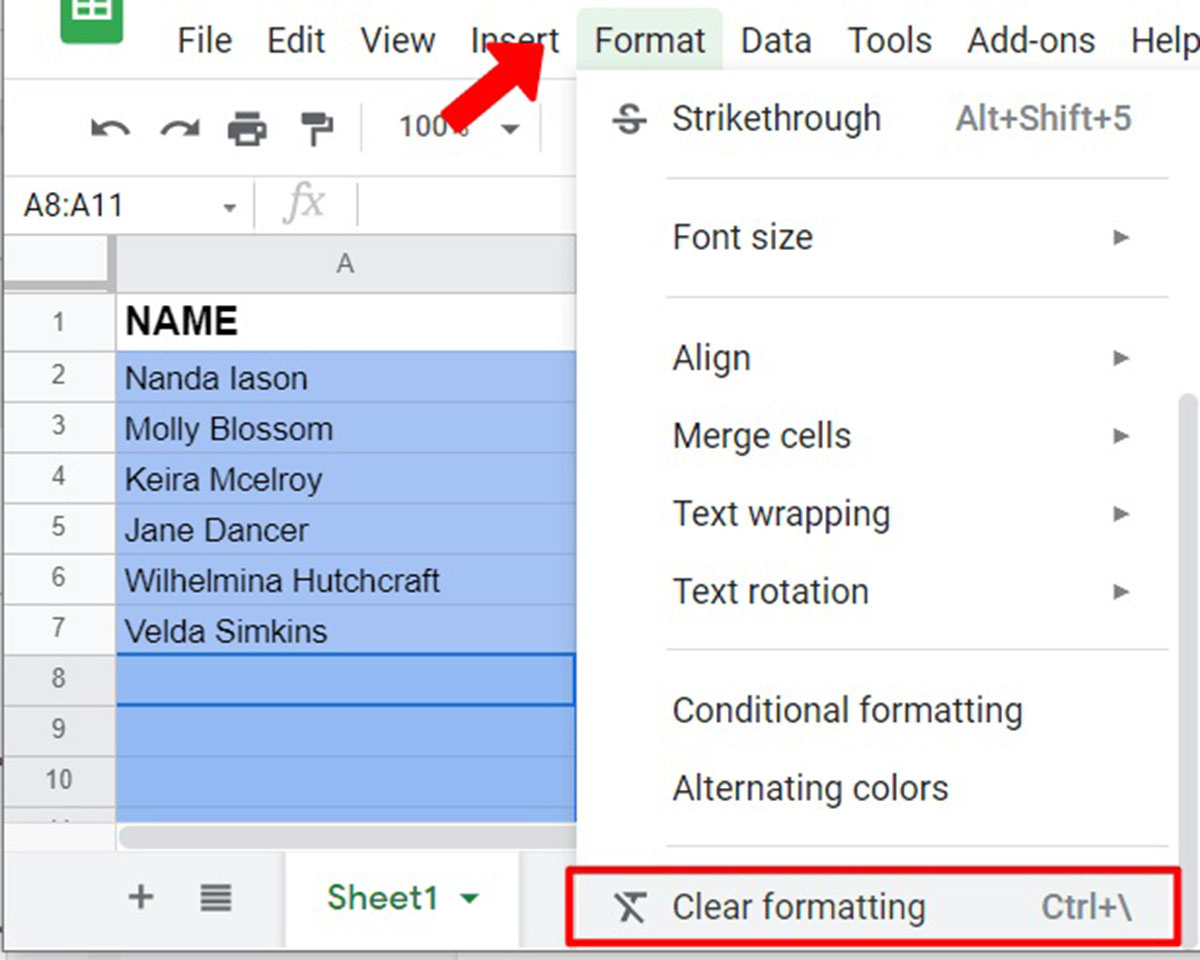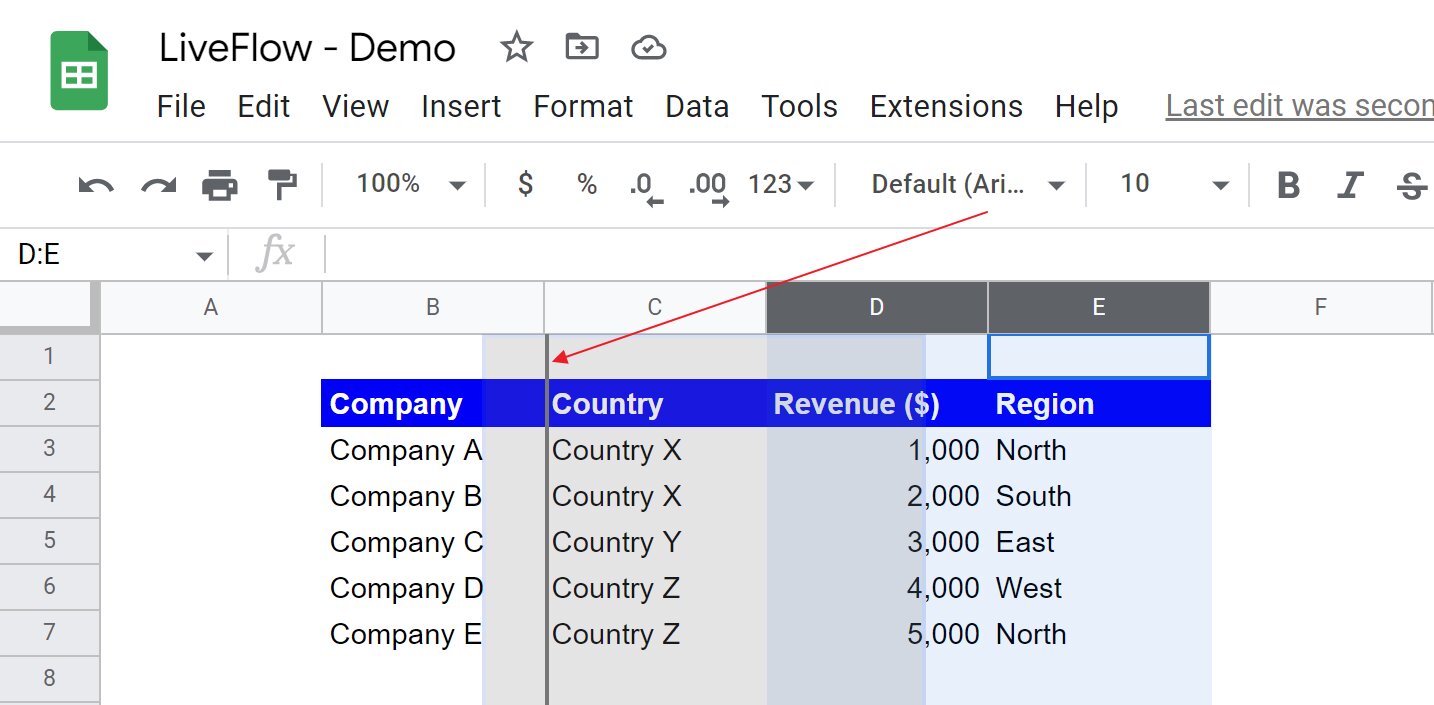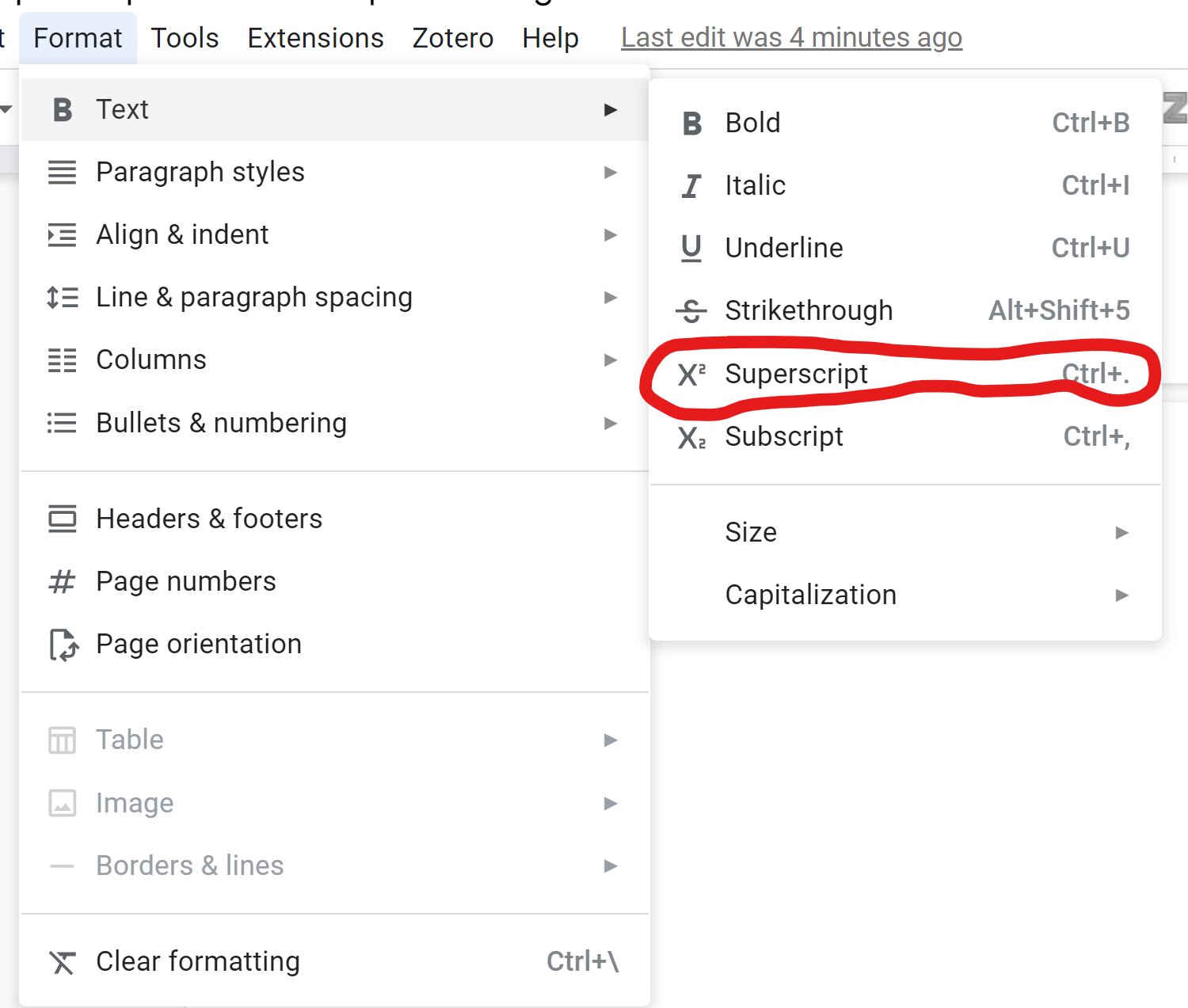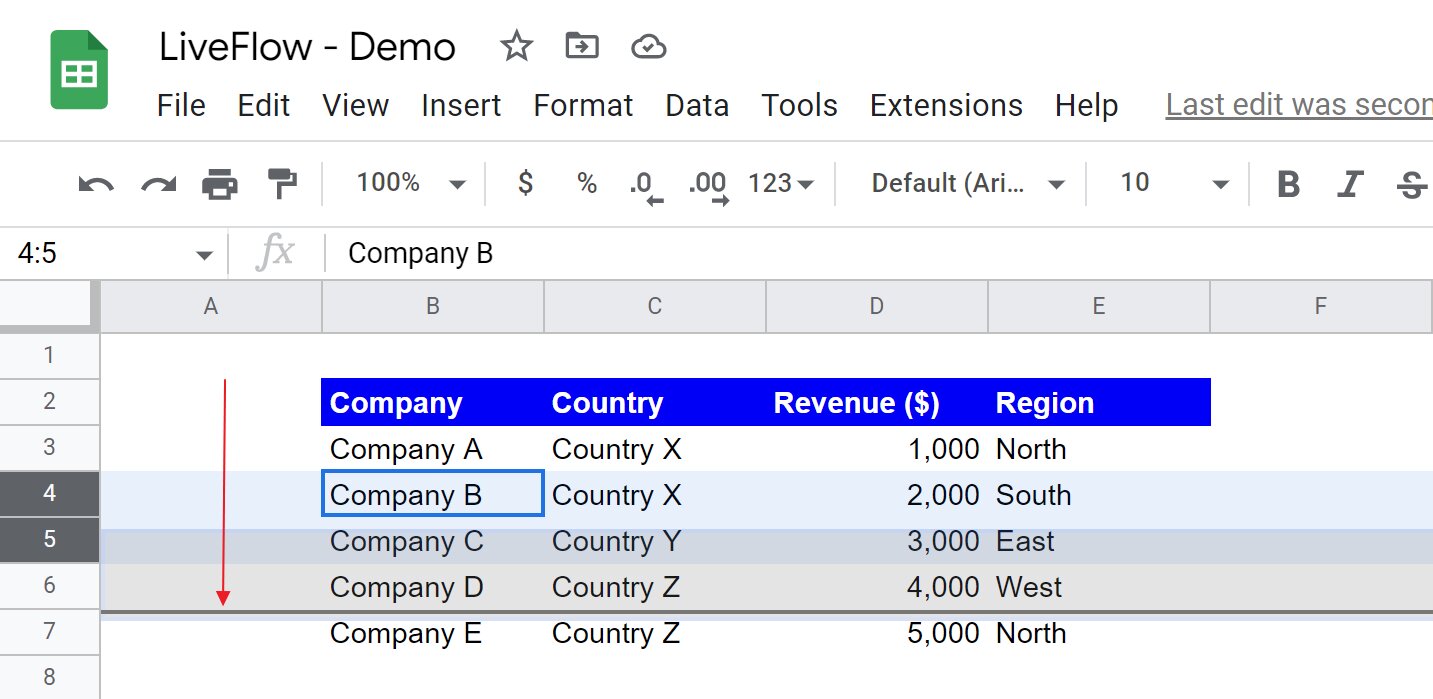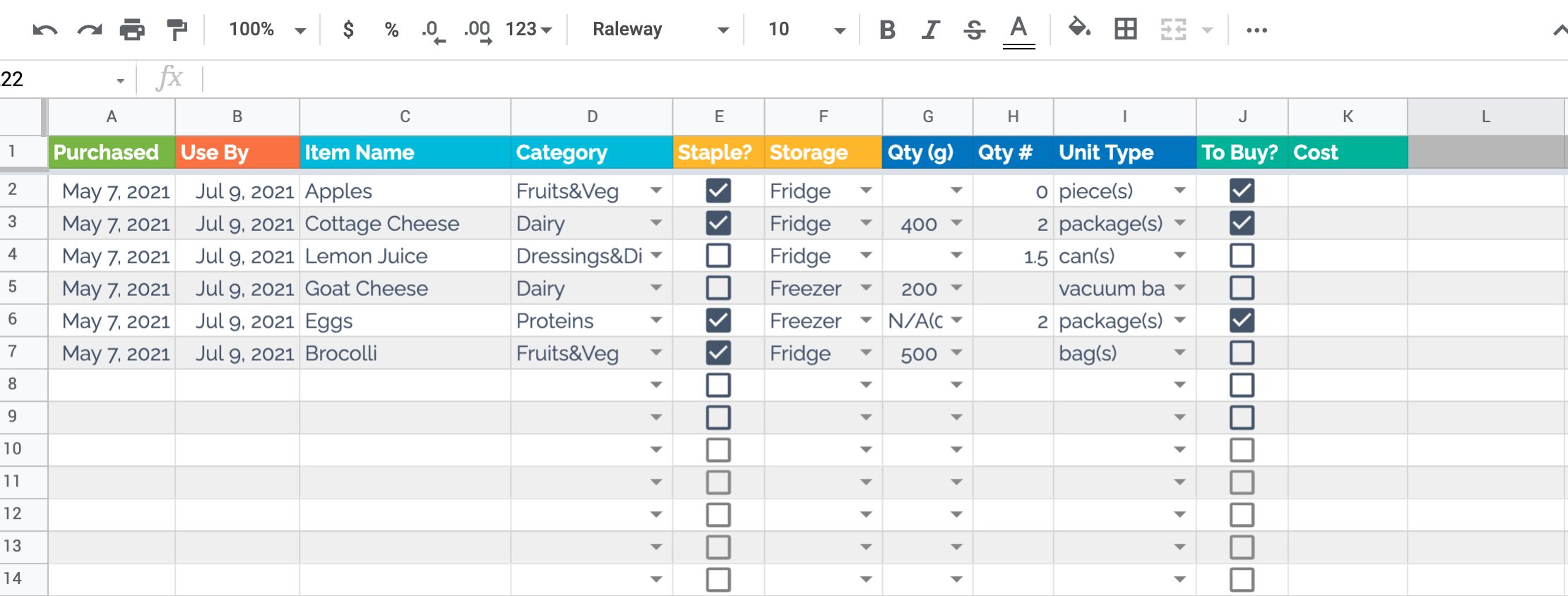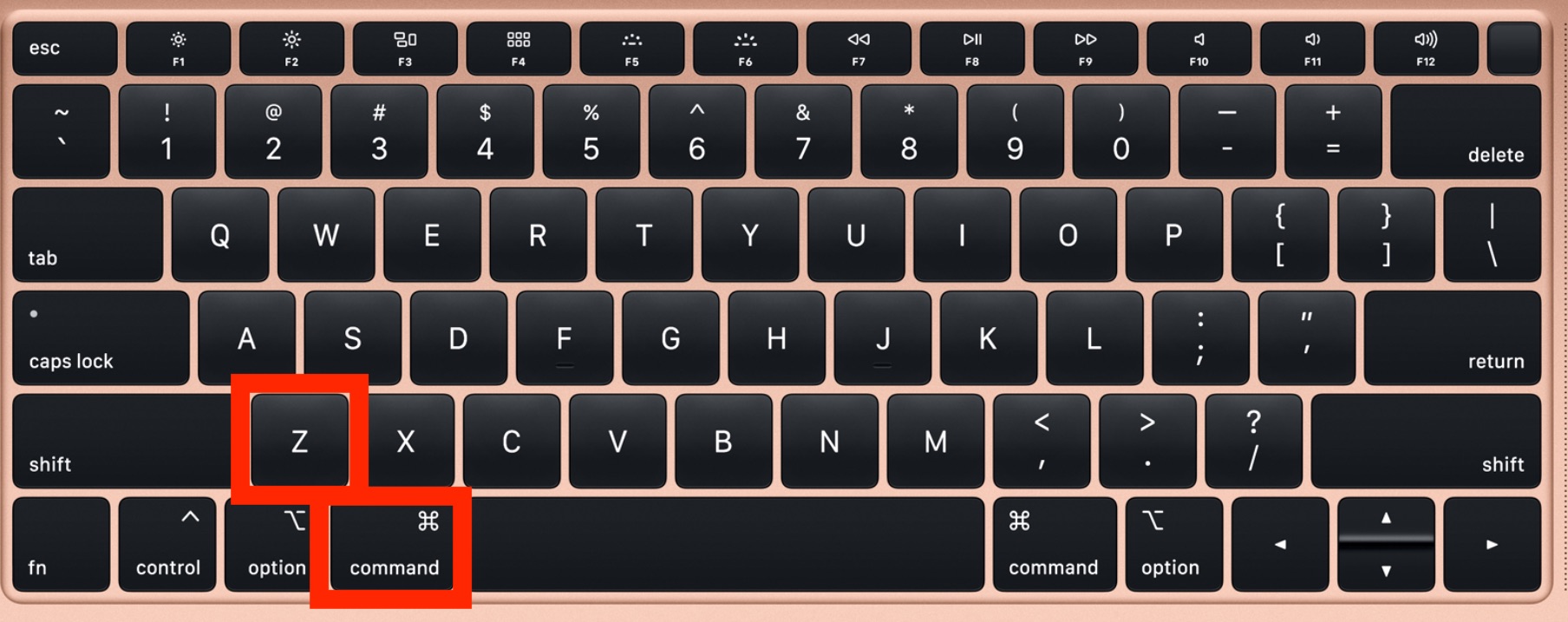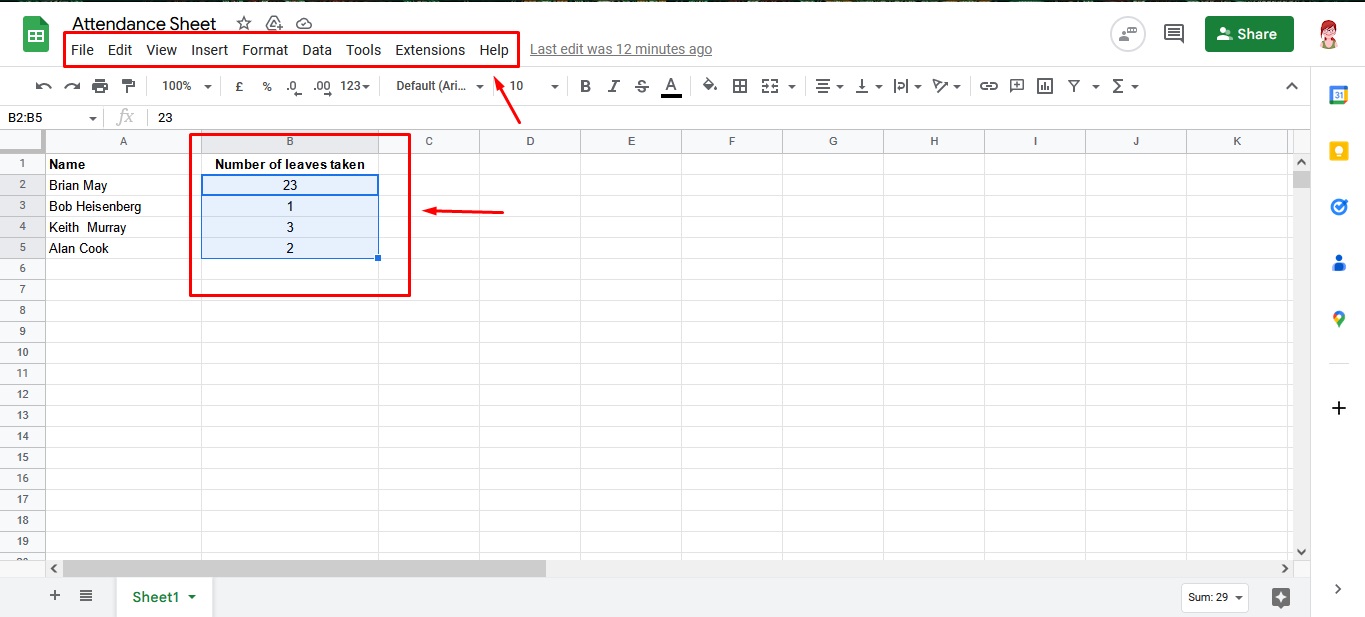Introduction
Welcome to the world of Microsoft Excel, the power-packed spreadsheet software that is widely used for data analysis, organizing information, and making calculations. Excel provides users with a multitude of features and shortcuts to enhance productivity and efficiency. One of the essential operations in Excel is cutting cell values.
When working with data in Excel, you may often find the need to move or rearrange information within your spreadsheet. Cutting a cell value allows you to remove the content from one cell and paste it to another location, making it a valuable tool for data manipulation and organization.
Understanding the correct keyboard shortcut to cut a cell value in Excel can save you precious time and effort, enabling a seamless workflow and eliminating the need for repetitive mouse clicks.
In this article, we will explore the various options available to cut cell values in Excel, including the default keyboard shortcut, customizing shortcuts, and alternative methods for achieving the desired results.
Whether you’re a beginner looking to improve your Excel skills or an experienced user seeking to optimize your workflow, this article will provide you with the insights and knowledge you need to efficiently cut cell values in Excel.
Overview of Keyboard Shortcuts in Excel
Keyboard shortcuts are a valuable asset in Excel, allowing users to perform various tasks quickly and efficiently. They provide a convenient alternative to using the mouse and can significantly enhance productivity when working with large datasets.
Excel offers a plethora of built-in keyboard shortcuts that cover a wide range of functions and operations. These shortcuts can be used to perform tasks such as navigating within the workbook, formatting cells, selecting ranges, and executing formulas. By memorizing and utilizing these shortcuts, you can streamline your workflow and save valuable time.
Some commonly used keyboard shortcuts in Excel include:
- Ctrl+C: Copy selected cells
- Ctrl+V: Paste copied cells
- Ctrl+X: Cut selected cells
- Ctrl+Z: Undo the last action
- Ctrl+Y: Redo the last action
- Ctrl+S: Save the workbook
- Ctrl+P: Print the workbook
These shortcuts provide a foundation for navigating and interacting with Excel effectively. However, for cutting cell values specifically, we need to focus on the Ctrl+X shortcut.
Before using any keyboard shortcut in Excel, it’s essential to ensure that the cells you want to manipulate are selected or active. You can select a single cell by clicking on it or select a range of cells by clicking and dragging over the desired area. Once the cells are selected, you can utilize the appropriate shortcut to perform the desired action.
Remember, mastering keyboard shortcuts in Excel comes with practice. The more you use them, the more comfortable and efficient you will become in navigating and manipulating data within your spreadsheets. Experiment with different shortcuts and explore the options available to find the ones that best suit your workflow.
Understanding the Cut Function in Excel
In Excel, the cut function is a fundamental feature that allows you to remove the content of a cell or range of cells and transfer it to a different location. When you cut a cell value, it is temporarily stored on the clipboard, allowing you to paste it elsewhere.
The cut function is particularly useful when you need to rearrange data within your spreadsheet or transfer information from one location to another. It provides a convenient way to move data while preserving its formatting and formulas associated with the original cell.
When you cut a cell value, the original cell becomes empty, and the content is stored on the clipboard. You can then navigate to the desired location and use the paste function to transfer the content from the clipboard to the new cell or range of cells.
It’s important to note that cutting a cell value is different from deleting a cell. When you delete a cell, not only is the content removed, but the cell itself is also deleted, causing a shift in the surrounding cells. On the other hand, cutting a cell value preserves the cell while emptying its content.
By understanding how the cut function works in Excel, you can efficiently manage and manipulate your data. Whether you’re rearranging information or need to quickly transfer data to a different location, the cut function provides a valuable tool to streamline your workflow.
Now that we have a clear understanding of the cut function, let’s explore the keyboard shortcut specifically designed for cutting cell values in Excel.
Finding the Correct Keyboard Shortcut to Cut a Cell Value in Excel
Excel offers a default keyboard shortcut specifically for cutting cell values, making it quick and easy to perform this operation. However, it’s important to be aware of the correct shortcut to ensure efficiency in your workflow.
The default keyboard shortcut for cutting a cell value in Excel is Ctrl+X. By selecting the desired cell or range of cells and pressing Ctrl+X, you can remove the content from those cells and store it on the clipboard.
To utilize this shortcut effectively, follow these steps:
- Select the cell or range of cells that you want to cut.
- Press Ctrl+X on your keyboard.
- The selected content will be removed, and the cells will become empty.
Once the cut operation is complete, you can navigate to the desired location in your worksheet and use the paste function to transfer the cut content from the clipboard. This can be done using the keyboard shortcut Ctrl+V.
By mastering the default keyboard shortcuts for cutting and pasting in Excel, you can streamline your data manipulation process and achieve a more efficient workflow.
It’s important to note that the Ctrl+X shortcut is the default and most commonly used method for cutting cell values in Excel. However, it is possible to customize keyboard shortcuts in Excel to suit your preference or to avoid conflicts with other applications.
Let’s explore how you can customize keyboard shortcuts in Excel to further optimize your workflow.
Default Keyboard Shortcut to Cut a Cell Value
The default keyboard shortcut for cutting a cell value in Excel is Ctrl+X. This shortcut allows you to seamlessly remove the content from a selected cell or range of cells and store it on the clipboard for future use.
To cut a cell value using the default keyboard shortcut, follow these steps:
- Select the cell or range of cells that you want to cut.
- Press Ctrl+X on your keyboard.
- The selected content will be removed, and the cells will become empty.
After cutting the desired cell value, you can navigate to the new location where you wish to paste it and use the paste function. The default keyboard shortcut for pasting is Ctrl+V. By pressing Ctrl+V, the content stored on the clipboard will be pasted into the selected cells.
Using the default keyboard shortcuts allows you to quickly and efficiently manipulate data within your Excel spreadsheets. By eliminating the need for repetitive mouse clicks, you can enhance your productivity and streamline your workflow.
It’s worth noting that these default shortcuts are consistent across various versions of Excel and are widely recognized by Excel users worldwide. However, if you find that a different keyboard shortcut is assigned to the cut function in your specific Excel setup, it may be due to customization or conflicting keyboard shortcuts with other applications.
If you’re using Excel in a localized version or have modified your keyboard shortcuts, it’s important to ensure that you are aware of the correct keyboard shortcuts for cutting and pasting cell values in your specific setup.
Now that we have covered the default keyboard shortcut for cutting cell values, let’s explore how you can customize keyboard shortcuts in Excel to further optimize your workflow.
Customizing Keyboard Shortcuts in Excel
Excel offers the flexibility to customize keyboard shortcuts according to your preferences or to avoid conflicts with other applications. Customizing shortcuts can help you streamline your workflow by assigning shortcuts that are more intuitive or easier for you to remember.
To customize keyboard shortcuts in Excel, follow these steps:
- Click on the File tab in the Excel ribbon.
- Select Options from the dropdown menu.
- In the Excel Options window, click on Customize Ribbon in the left sidebar.
- At the bottom of the window, click on the Keyboard Shortcuts button.
- In the Customize Keyboard dialog box, you can search for specific commands or functions by typing in the search bar.
- Select the command you want to modify from the list of commands.
- In the Press new shortcut key box, press the new key combination for the command. Make sure it is not already assigned to another function.
- Click the Assign button to assign the new shortcut.
- Click the Close button to confirm your changes and close the Customize Keyboard dialog box.
- Click the OK button in the Excel Options window to apply the customized shortcuts.
Customizing keyboard shortcuts allows you to tailor Excel to your specific needs, making it more efficient and user-friendly. You can assign your preferred shortcuts for various functions, including cutting and pasting cell values.
By creating personalized shortcut combinations that are easy for you to remember and use, you can enhance your productivity and streamline your Excel workflow.
Remember to save a backup of your customized shortcuts, especially if you work on multiple computers or share workbooks with others. This ensures that your custom shortcuts are consistent across different Excel setups and prevents any confusion or inconvenience.
Now that you know how to customize keyboard shortcuts in Excel, let’s explore alternative methods for cutting cell values for situations when you need additional flexibility.
Using Alternative Methods to Cut Cell Values in Excel
While the default keyboard shortcut of Ctrl+X is the most commonly used method for cutting cell values in Excel, there are alternative methods available that can provide additional flexibility in certain situations.
Here are a few alternative methods to cut cell values in Excel:
- Right-click and Cut: Select the cell or range of cells you want to cut, right-click, and choose the “Cut” option from the context menu. This method provides a more visual approach and can be useful if you prefer using the right-click menu instead of keyboard shortcuts.
- Using the Ribbon: Another option is to use the Excel ribbon. Select the cell or range of cells you want to cut, go to the “Home” tab in the ribbon, and click on the “Cut” button in the “Clipboard” group. This method is helpful if you prefer using the ribbon interface instead of keyboard shortcuts.
- Drag and Drop: If you want to move a cell’s value to a different location within the same worksheet, you can use the drag-and-drop method. Select the cell you want to cut, place your cursor on the border of the selected cell until it turns into a four-sided arrow, and then drag the cell to the desired location. This method is quick and intuitive, especially for small movements within the same worksheet.
- Copy and Paste: In some cases, it might be more convenient to copy the cell value and then delete the original cell. This method involves selecting the cell, pressing Ctrl+C to copy it, and then pressing Delete to remove the cell’s content. Finally, navigate to the desired location and press Ctrl+V to paste the copied value. While this method involves an additional step, it can be useful when you want to delete the original cell immediately after cutting its value.
By exploring these alternative methods, you can find the approach that works best for you and your specific Excel workflow. Each method offers its own advantages in terms of convenience, visual feedback, or compatibility with personal preferences.
Remember to consider the context and requirements of your specific data manipulation task when choosing the most suitable method for cutting cell values. The goal is to find the method that maximizes your productivity and efficiency.
Now that we have covered various methods for cutting cell values in Excel, let’s summarize the key points discussed in this article.
Conclusion
Excel provides users with a variety of options and shortcuts for cutting cell values, allowing for efficient data manipulation and organization within spreadsheets. The default keyboard shortcut, Ctrl+X, is the commonly used method for cutting cell values in Excel. It provides a quick and straightforward way to remove the content from selected cells and store it on the clipboard.
However, it’s essential to be aware of alternative methods and customize keyboard shortcuts in Excel to suit your individual needs and preferences. By customizing shortcuts, you can streamline your workflow and enhance productivity by assigning personalized key combinations that are intuitive and easy to remember.
In addition to the default shortcut, alternative methods for cutting cell values in Excel include using the right-click menu, utilizing the ribbon interface, drag-and-drop movements, and copying and pasting. Depending on your specific data manipulation task or personal preference, these alternative methods offer flexibility and convenience.
Mastering the various methods for cutting cell values in Excel empowers you to efficiently move and rearrange data within your spreadsheets. This can significantly improve your productivity and save time by reducing dependence on repetitive mouse clicks and manual operations.
Whether you’re a beginner learning the ropes of Excel or an experienced user looking to optimize your workflow, understanding the correct keyboard shortcuts and alternative methods for cutting cell values is essential. By utilizing these techniques, you can take full advantage of Excel’s powerful features and efficiently manage your data.
So, don’t hold back—explore the different ways to cut cell values in Excel, customize shortcuts, and align them with your workflow preferences. With practice and familiarity, you’ll find yourself navigating and manipulating data in Excel with ease and efficiency.










